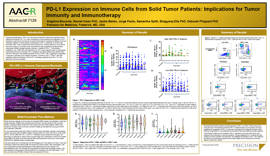Guiding the Way for Novel Therapeutics in Complex Indications

resources center
Collected experience from groundbreaking researchers, scientists, data experts, business innovators and studies. And a convenient hub for downloading our latest service offerings from each stage of the drug development journey.
Brochure
Download Brochure

Brochure
Download Brochure

eBook
Download eBook

Webinar
Watch Webinar

Case Study
Download Case Study

Webinar
Watch Webinar

Poster
Download Poster

Poster
Download Poster

